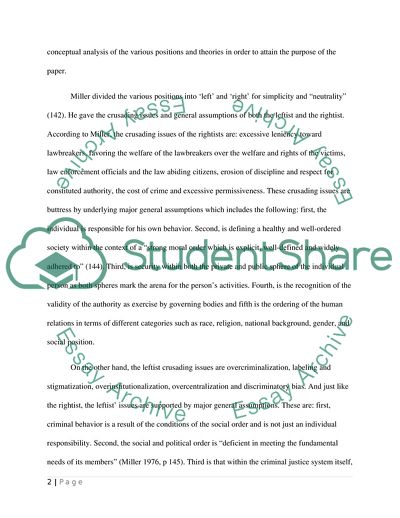Cite this document
(Critical Analysis of Reading by Walter Miller Term Paper, n.d.)
Critical Analysis of Reading by Walter Miller Term Paper. https://studentshare.org/social-science/1727364-critical-analysis-of-reading-by-walter-miller
Critical Analysis of Reading by Walter Miller Term Paper. https://studentshare.org/social-science/1727364-critical-analysis-of-reading-by-walter-miller
(Critical Analysis of Reading by Walter Miller Term Paper)
Critical Analysis of Reading by Walter Miller Term Paper. https://studentshare.org/social-science/1727364-critical-analysis-of-reading-by-walter-miller.
Critical Analysis of Reading by Walter Miller Term Paper. https://studentshare.org/social-science/1727364-critical-analysis-of-reading-by-walter-miller.
“Critical Analysis of Reading by Walter Miller Term Paper”. https://studentshare.org/social-science/1727364-critical-analysis-of-reading-by-walter-miller.


